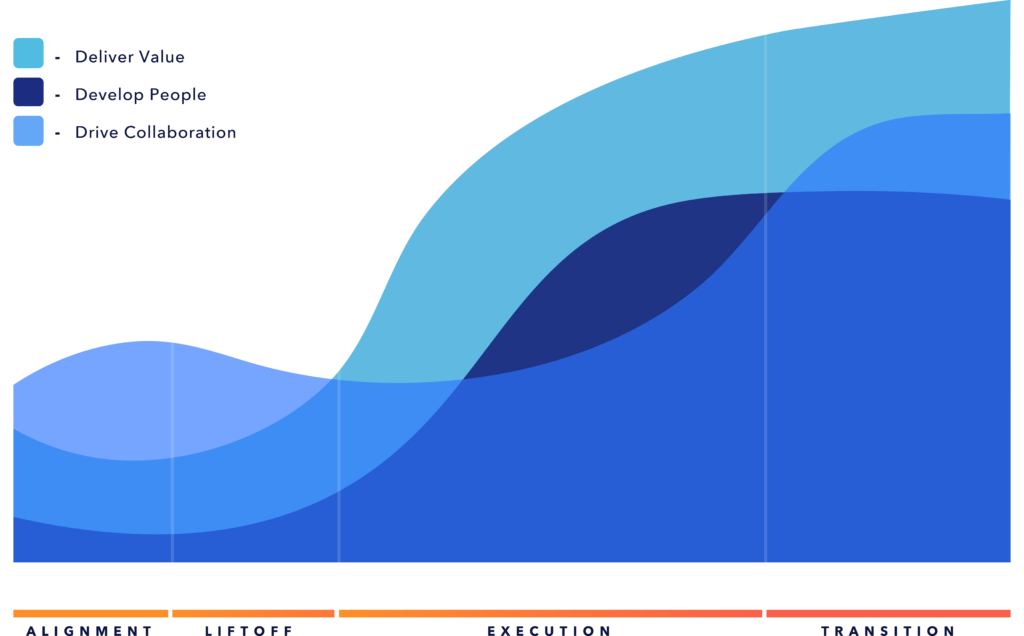In today’s world, sustainability is becoming more critical than ever before. With the rise of Environmental and Social Governance (ESG) metrics, businesses and investors are increasingly aware of a particular corporation’s quantifiable impact on the environment. State and federal regulators have also introduced minimum standards, especially for emissions, that are set to be enforced over the next 25 years. As a fleet manager or logistics provider, having access to descriptive and predictive data is critical in positioning the firm for long-term success.
Traditionally, logistics providers have four metrics for success: safety, speed, cost, and quality. The optimization of these metrics can be seen in the investments made. Amazon, for example, invested billions in creating a distribution network capable of providing two-day delivery while leveraging warehouse robots to locate and move inventory. Across the entire industry, optimization in alignment with these key metrics has been paramount. However, organizations must minimize their impact on the environment to have long-term viability. Every organization should adopt a fifth success metric – sustainability.
Capturing and measuring operational data for sustainability
To begin measuring an organization’s current environmental impact, operational data must be harvested. Nearly all aspects of an operation can be measured through modern IoT sensors and devices. Almost all modern vehicles have a telematics sensor that relays GPS monitoring, engine diagnostics, and driver behavior. Warehouse devices can be monitored to understand asset usage, count inventory, and track loading/unloading time. Employees can also use wearable technology to help make them more efficient throughout the day.
By capturing this operational data and making it available through an analytics platform, organizations can start answering questions like:
- How much engine idle time did our fleet of vehicles have last month?
- Did our drivers take the most fuel-efficient routes?
- What are the projected fuel costs for the fleet?
- Which assets are the most heavily used?
- Do we have the right fleet size?
- Which drivers are the most fuel-efficient?
Capturing and measuring the operational data is just the tip of the iceberg. Once a baseline of expectations is established by capturing the data from your assets, you can begin to detect anomalies, predict future usage, and even prescribe future actions. Each analytics use case identified by your organization can be viewed through a maturity model, where the ROI decides how far to mature the use case.
Applying telematics use cases across the maturity model
Informational
Begin by establishing baseline expectations for your fleet. Collect GPS data showing where each vehicle travels, including idling time, refueling stops, and destinations. This data collection provides the capability for a dashboard view of your data and supports human analysis for oddities in routes.
Diagnostics
In this next phase, you work to measure incoming data against your established baseline. Enhance your data platform to generate reports summarizing driver behavior, including deviation from optimal routes and engine idling time above an established norm. These reports can be leveraged to provide driver scorecards or to implement a safe/responsible driving incentive program.
Predictive
Once your baseline is established and anomalies are detected, the historical data can be used to generate predictive models. The predictive models would incorporate referential data to the situation to help proactively predict those baseline anomalies before they happen. For example, by connecting your telematics data with traffic and weather patterns, a fleet manager could identify routes that are at risk of running over time or budget. This also works from an aggregate view. A fleet manager could more accurately predict the fuel usage of the entire fleet a month in advance.
Prescriptive
With a prescriptive data platform, your drivers would arrive at a list of routes they should take, optimized for fuel usage, time, and/or external factors such as traffic. This represents a fundamental reset of original, baseline assumptions. At this stage, your data platform will actively reduce costs, improve operational efficiency, and create a more sustainable future. As this phase takes decision-making away from individuals and instead empowers IT to lead daily operations, this stage offers the greatest change management risk.
This maturity model becomes iterative, where the new behaviors and patterns are reincorporated into the platform to allow for continual improvements. Baselines will be adjusted, inference models retrained, and new opportunities identified. The opportunities identified will inform your decision-making to continue the maturity of the use case.
For many use cases, the potential ROI doesn’t justify maturity beyond the diagnostic level. A thoughtful analysis should be performed as each maturity stage is reached to determine if the use case should be paused, pivoted, or proceeded. Maturing each stage will require an escalating level of investment and technical complexity.
As you collect and rely on the operational data, the day-to-day decision-making process will also be impacted. This shift is particularly difficult to adopt. The program’s success or failure depends on the organization’s ability to effectively convince its employees of the program’s benefits. As the use cases are being ideated and implemented, a change management approach should be employed along with the technology to ease the adoption.
4 steps to using telematics data for sustainable logistics
By capturing and analyzing operational data, logistics providers and fleet managers can make better decisions about their environmental impact. Implementing a data-driven approach to sustainability via a modern telematics platform can improve operational efficiency without sacrificing customer experience.
- Identifying use cases
- Performing an ROI and feasibility analysis
- Assessing the stage/maturity for each use case that makes sense for you
- Creating change management that assists with the adoption
By adopting sustainability as the fifth measure of success and using a data-driven approach, organizations can begin to improve efficiency without sacrificing customer experience.




















